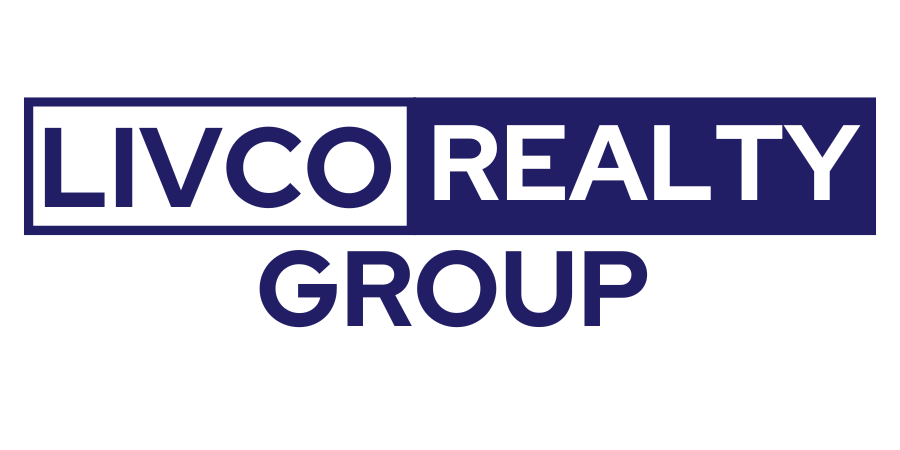Fixed vs. Adjustable Rates
When it comes to financing a home purchase, one of the most critical decisions you’ll make is choosing between a fixed-rate mortgage and an adjustable-rate mortgage (ARM). Both options have their advantages and drawbacks, and understanding the differences between them is essential for making an informed decision. Let’s explore the characteristics of each type of mortgage to help you determine which one is right for you.
Fixed-Rate Mortgage: Stability and Predictability
A fixed-rate mortgage is the most traditional and straightforward option. With this type of loan, the interest rate remains constant throughout the entire term, typically ranging from 15 to 30 years. Here are some key features of fixed-rate mortgages:
- Predictable Monthly Payments: One of the primary benefits of a fixed-rate mortgage is the stability it offers. Your monthly principal and interest payments will remain the same for the entire duration of the loan, making it easier to budget and plan for the future.
- Protection Against Interest Rate Increases: Regardless of fluctuations in the broader economy or changes in market interest rates, your mortgage rate will remain unchanged. This provides peace of mind and protection against sudden payment increases.
- Long-Term Planning: Fixed-rate mortgages are ideal for homeowners who prefer long-term financial stability and predictability. If you plan to stay in your home for many years or want to lock in a low interest rate, a fixed-rate mortgage may be the right choice for you.
Adjustable-Rate Mortgage (ARM): Flexibility and Potential Savings
An adjustable-rate mortgage (ARM) offers a different structure than a fixed-rate mortgage. With an ARM, the interest rate is initially fixed for a specified period, typically ranging from 5 to 10 years. After the initial fixed-rate period, the interest rate adjusts periodically based on market conditions. Here’s what you need to know about ARMs:
- Lower Initial Interest Rates: ARMs often feature lower initial interest rates compared to fixed-rate mortgages, which can result in lower initial monthly payments. This can be advantageous for borrowers who plan to sell or refinance their homes before the rate adjusts.
- Rate Adjustment Periods: After the initial fixed-rate period expires, the interest rate on an ARM will adjust periodically, usually once per year. The new rate is determined by adding a margin to a specific financial index, such as the LIBOR or Treasury rate.
- Potential for Payment Changes: Because the interest rate on an ARM can fluctuate over time, your monthly payments may increase or decrease based on market conditions. This uncertainty can make budgeting more challenging and may not be suitable for borrowers who prefer stability.
Choosing the Right Mortgage for You
When deciding between a fixed-rate mortgage and an adjustable-rate mortgage, consider your financial goals, risk tolerance, and future plans. If you prioritize stability and predictability, a fixed-rate mortgage may be the best option for you. However, if you’re comfortable with some level of uncertainty and want to take advantage of potentially lower initial rates, an ARM could be worth considering.
It’s essential to carefully evaluate the terms and features of each type of mortgage and consult with a qualified mortgage lender or financial advisor to determine which option aligns with your needs and circumstances. By understanding the differences between fixed and adjustable-rate mortgages, you can make an informed decision that sets you on the path to successful homeownership.

